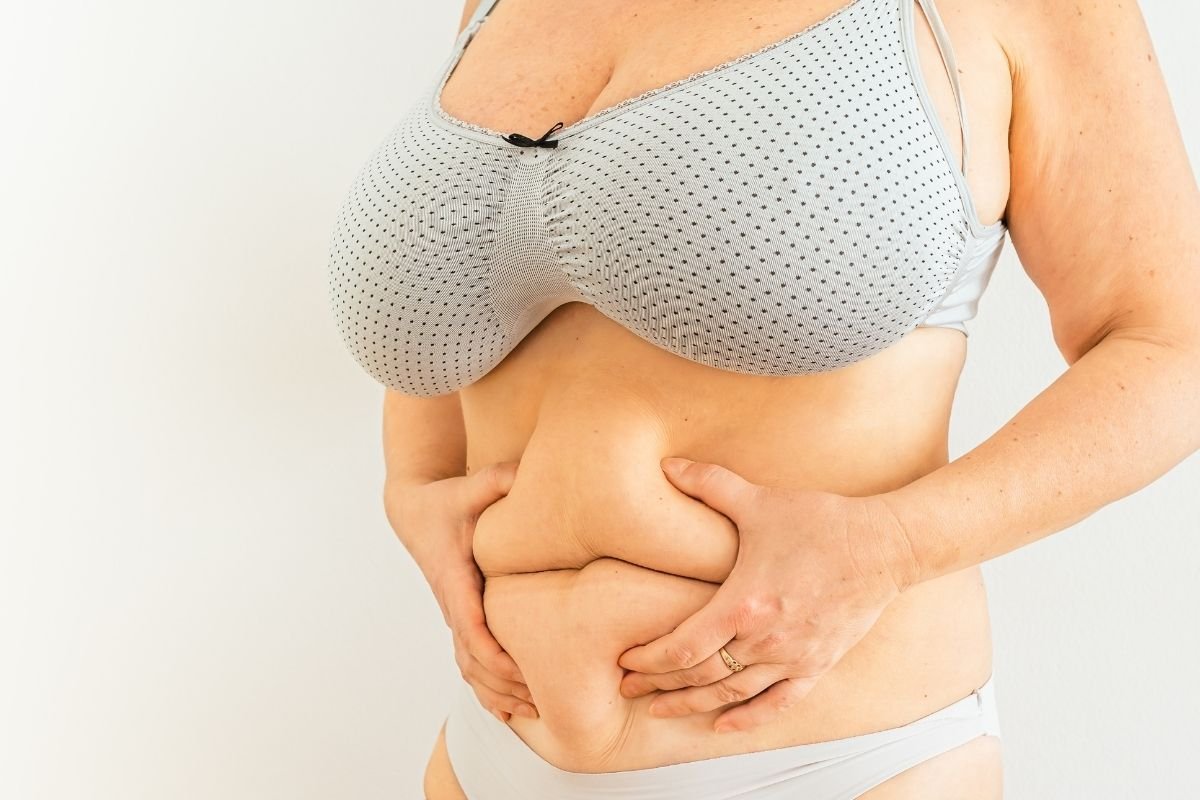Welcome to the ultimate guide on liposuction, a cosmetic surgery procedure that has revolutionized body contouring. Whether you’re considering this option to remove stubborn fat or simply curious about what liposuction is, you’re in the right place. In this comprehensive article, we’ll explore the ins and outs of liposuction, from its history to modern techniques and what you can expect during and after the procedure.
What is Liposuction?
Liposuction, often referred to as “lipo,” is a surgical procedure that helps individuals reshape and contour their bodies by removing localized fat deposits. It’s an effective way to achieve a slimmer and more proportionate appearance. The surgeon uses a specialized suction device to target and remove excess fat from specific areas of the body.
The History of Liposuction
Understanding the history of liposuction gives us insight into how this procedure has evolved over the years. It was first introduced in the 1960s by a team of Italian surgeons, led by Dr. Arpad Fischer. Since then, it has become one of the most popular cosmetic surgeries worldwide.
Why Choose Liposuction?
People opt for liposuction for various reasons. It is often sought after for its ability to eliminate fat that is unresponsive to diet and exercise. It can be performed on multiple areas of the body, including the abdomen, thighs, arms, and chin, making it a versatile solution for many.
The Liposuction Process
1. Consultation
Your liposuction journey begins with a consultation with a board-certified plastic surgeon. During this meeting, you’ll discuss your goals, medical history, and the areas you wish to address. The surgeon will assess your candidacy and help you understand what the procedure entails.
2. Anesthesia
On the day of the procedure, you’ll receive anesthesia to ensure a painless and comfortable experience. The type of anesthesia used may vary depending on the extent of the liposuction.
3. Incisions and Tumescent Technique
Tiny incisions are made in the targeted area, and a tumescent solution is injected to minimize bleeding and discomfort. The solution also helps to break down the fat cells, making them easier to remove.
4. Fat Removal
A cannula, a thin tube connected to a vacuum device, is inserted through the incisions. The surgeon gently suctions out the unwanted fat, carefully sculpting the area to achieve the desired results.
5. Recovery
After the procedure, you will be given specific instructions on post-operative care. You can expect some swelling and bruising, but these will gradually subside over a few weeks. Most people can return to their regular activities within a few days to a week.
Modern Liposuction Techniques
Liposuction has come a long way since its inception. Modern techniques offer safer and more efficient ways to achieve body contouring. Some advanced methods include:
1. Laser-Assisted Liposuction (LAL)
LAL uses laser energy to liquefy fat cells, making them easier to remove. It also promotes collagen production, resulting in firmer skin after the procedure.
2. Ultrasound-Assisted Liposuction (UAL)
UAL employs ultrasound technology to break down fat cells. It is particularly effective in areas with dense fat deposits.
3. Power-Assisted Liposuction (PAL)
PAL uses a vibrating cannula to dislodge and remove fat cells. This technique is less taxing on the surgeon and allows for more precise fat removal.
Frequently Asked Questions
What is the recovery period like after liposuction?
The recovery time varies but typically ranges from a few days to a few weeks. You may experience swelling and bruising, which will gradually subside.
Is liposuction a weight loss solution?
No, liposuction is not a weight loss procedure. It’s designed for body contouring and removing localized fat deposits. It’s not a substitute for a healthy diet and exercise.
Are there any risks associated with liposuction?
Like any surgery, liposuction carries risks, including infection and scarring. However, when performed by a qualified surgeon, the risks are minimized.
How long do the results of liposuction last?
Liposuction provides long-lasting results as long as you maintain a healthy lifestyle. The fat cells removed during the procedure don’t come back.
Can liposuction treat cellulite or loose skin?
Liposuction can improve the appearance of cellulite to some extent. However, it’s not a treatment for loose skin. In cases of significant skin laxity, other procedures may be necessary.
What areas of the body can be treated with liposuction?
Liposuction can be performed on various areas, including the abdomen, thighs, hips, buttocks, arms, chin, and more.
Conclusion
In conclusion, liposuction is a popular cosmetic surgery that allows individuals to achieve their desired body contours. It has a rich history, and modern techniques have made it a safer and more effective option. If you’re considering liposuction, consult with a qualified plastic surgeon to discuss your goals and expectations. Remember that it’s not a weight loss solution, but rather a method to sculpt and enhance your body’s natural beauty. With proper care and a healthy lifestyle, the results of liposuction can be long-lasting, helping you feel more confident and comfortable in your own skin.
Don’t hesitate to reach out to a reputable plastic surgeon to explore whether liposuction is the right choice for you. Your journey to a more sculpted you begins here!

